July itinerary in Japan Day 1 (Hokkaido)
(Saturday, July 2)
Table of Contents
1. Ainu Kotan
I traveled to Kushiro City and Akkeshi City in Hokkaido for three days and two nights from July 2 (Sat) to 4 (Mon). Of course, we also delivered our luggage and enjoyed “luggage-free travel” on this trip. Flights from Haneda Airport to Kushiro Airport are as follows
Depart Haneda Airport at 8:05, JAL541, arrive at Kushiro Airport at 9:40
Kushiro Airport is nicknamed “Tancho Kushiro Airport”. It is named after the red-crowned cranes that breed in the Kushiro Marshlands and other areas around Kushiro. A crane monument is placed at the bus stop after arriving at Kushiro Airport.
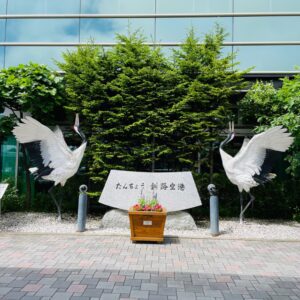
I took a bus from Kushiro Airport to Lake Akan. The bus I used is as follows.
Depart Kushiro Airport at 10:00, Airport Liner No.1, arrive at Akanko Onsen at 11:15, Fare Yen 2,190
It takes 45 minutes (about 20 km) from Kushiro Airport to Kushiro Station. On the other hand, the distance from Kushiro Airport to Lake Akan is 55 km, more than twice the distance from Kushiro Station, but it takes only 1 hour and 15 minutes. If you are planning to visit Lake Akan, I recommend going directly from Kushiro Airport.
After arriving at Lake Akan, I immediately had lunch and went to Ainu Kotan. The main purpose of this trip to Hokkaido was to visit Ainu Kotan. Since our company’s trademark application for “NINJA KOTAN” was registered in July, I wanted to pay a courtesy visit to Ainu Kotan, from which Kotan (meaning “village” or “tribe” in the Ainu language) was borrowed. This was my first visit to Ainu Kotan in about 30 years since I visited there when I was a university student.
The entrance to the Ainu Kotan was the same as in the past, with a carved wooden Blakiston’s fish owl (Kotan koro kamuy = god who protects the village) perched there.
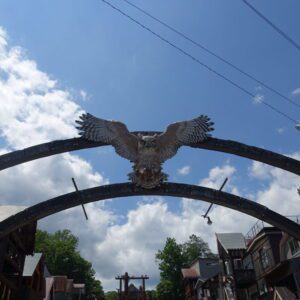
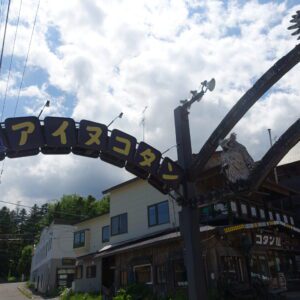
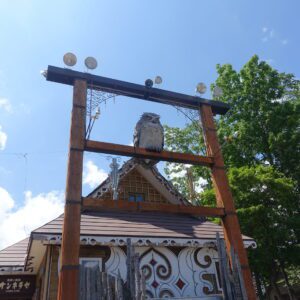
In Ainu Kotan, there were many traditional Ainu folk craft stores, but they were deserted even on a Saturday. I thought it might be difficult to attract visitors because many people now prefer a simple life and do not display folk art in their homes anymore. I fear that unless more “experiences” are offered, it will be difficult for Ainu Kotan to survive.
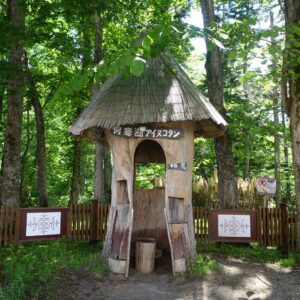
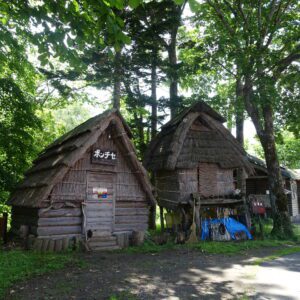
With some concern for the future of Ainu Kotan, I went to Kushiro City Ainu Culture Museum “Onnechise” in Ainu Kotan. Onnechise is an Ainu art museum. In the Ainu language, onne means “big/near completion” and chise means “house”.
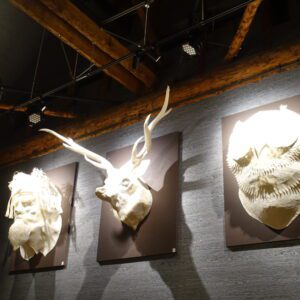
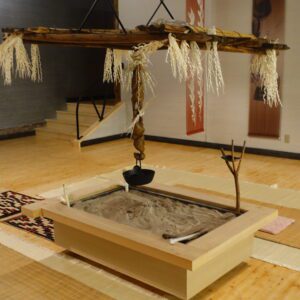
The “Onnechise” was also sparsely populated with tourists, so it did not feel very lively. The exhibition space is not very large, and it takes about 10-15 minutes to tour the “Onnechise”. I think that some effort needs to be made, including in the way the exhibits are displayed.
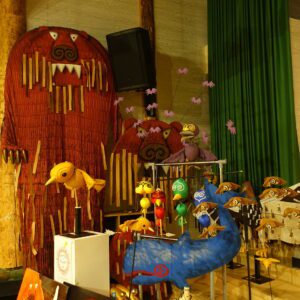
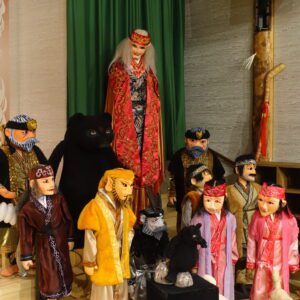
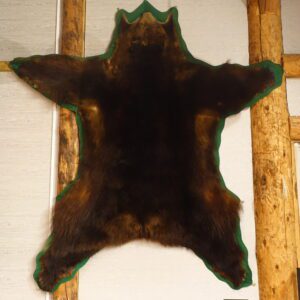
Admission: Adults Yen 500, children Yen 250
“Onnechise”, the Ainu Culture Heritage Creation Center, was open only on weekends and holidays from May 9 (Mon) to July 20 (Wed), 2022; from July 21 (Thu) to October 31 (Mon), it will be open every day, including weekdays.
2. Lake Akan Cruise
After visiting Ainu Kotan, I boarded the Lake Akan sightseeing boat. The weather was just perfect and I was able to fully enjoy Lake Akan. Lake Akan is a caldera lake with an area of 13.28 square kilometers, a circumference of 30 km, and a maximum depth of 45 meters.
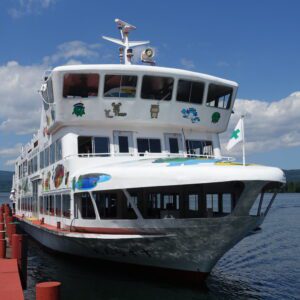
Around Lake Akan, there is Mt. Oakan dake, which is a little like Mt. Fuji. In addition, Mt. Meakan dake is an active volcano that still emits smoke and has been selected as one of Japan’s 100 Famous Mountains.
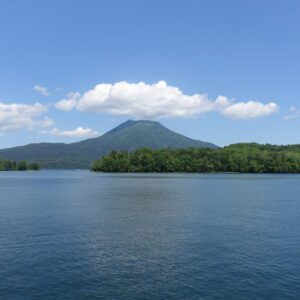
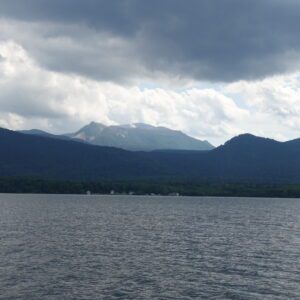
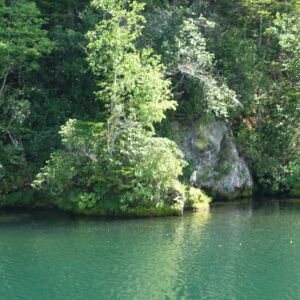
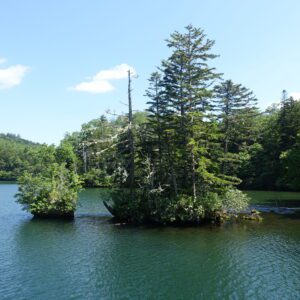
Lake Akan is home to marimo (lake ball), a nationally protected species (special national natural treasure), and Hime-masu (kokanee), a landlocked form of sockeye salmon. Lake Akan is famous for its marimo, and the Marimo Exhibition and Observation Center, where you can take a closer look at them, is a must-see. This facility is located on an island called Chu-Urui Island and cannot be visited by sightseeing boats or motorboats. The Marimo Exhibition and Observation Center also exhibited a giant marimo that was nearly 30 cm in diameter.

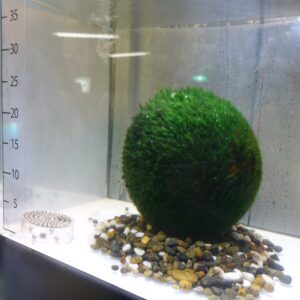
Marimo is a spherical aggregate of small thread-like fibers (filamentous bodies).
Boat fare: Adults: Yen 2,000, Children: Yen 1,040 (includes Yen 420 admission fee to the Marimo Exhibition and Observation Center for both adults and children).
3. Ainu Theater
After enjoying the wonderful scenery of Lake Akan and the surrounding mountains and viewing the giant marimo at the Marimo Exhibition and Observation Center, I returned to Ainu Kotan to watch “Lost Kamuy” at the Ainu Theater. “Lost Kamuy” was created by combining ancient dance, modern dance, and 3D computer graphics, and using multiple projectors to create a three-dimensional stage.
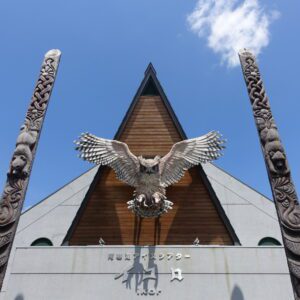
The story of “Lost Kamuy” centers on the extinct Ezo wolf. The Ezo wolf was called Horokeu kamuy, “the god of hunting,” by the Ainu people. The dance performed by the woman who played the role of Horokeu kamuy was magnificent. Photography is not allowed inside the hall.
Admission: Adults Yen 2,200 yen, Elementary school students Yen 700
Note that tickets are sold at a 10% discount at folk craft stores in Ainu Kotan.
Ancient Ainu dance, a UNESCO Intangible Cultural Heritage, is also performed at the Ainu Theater. The admission fee for the Ainu dance is Yen 1,500 for adults and Yen 700 for elementary school students, which is higher than the admission fee for “Lost Kamuy” for adults only. It is a curious price setting.
4. Nusamai Bridge
After watching “Lost Kamuy” at the Ainu Theater, I returned to Kushiro City. The bus I used is as follows
Depart Akanko Bus Center at 16:00, Akan Line “bound for Kushiro Station Bus Terminal”, arrive at Kushiro Station North Exit at 17:43, Fare Yen 2,750
It was still light when we arrived in Kushiro city, but it was dark after dinner around the Nusamai Bridge. Many fishing boats were parked on the quay next to Kushiro Fisherman’s Wharf MOO.
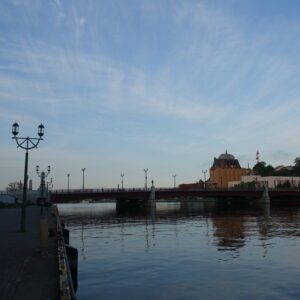
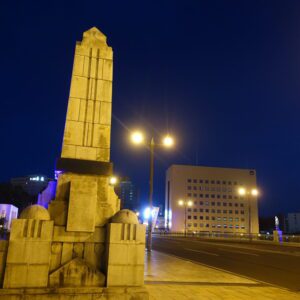

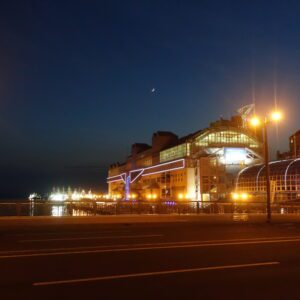
The name of the Nusamai Bridge is derived from the Ainu word “Nusa o mai” (where the place of mint is located). A mint is a place where inau (wooden staffs) are erected and lined up to worship the gods, and where rituals and other ceremonies are held. The Nusamai Bridge was beautifully illuminated in two colors at night. There was a character monument of “KUSHIRO” near the Nusamai Bridge.
橋黄色照明-e1657265344519-300x300.jpg)
橋青照明-e1657265372435-300x300.jpg)
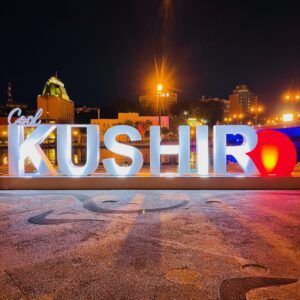
After dinner, I saw an Ezo red fox near Kushiro Station on the way back to the hotel from Nusamai Bridge. I was quite surprised to see an Ezo red fox in front of Kushiro Station, not in the mountains. This was the only time I saw an Ezo red fox on this trip.
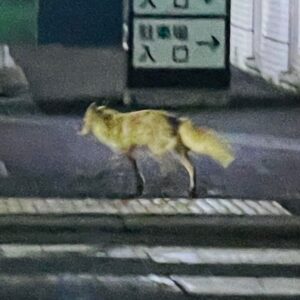
Note: Transportation departure and arrival times, fares, entrance fees, and meal prices listed in the text are current at the time of BLOG writing. They are subject to change in the future, so please check them yourself when you travel.